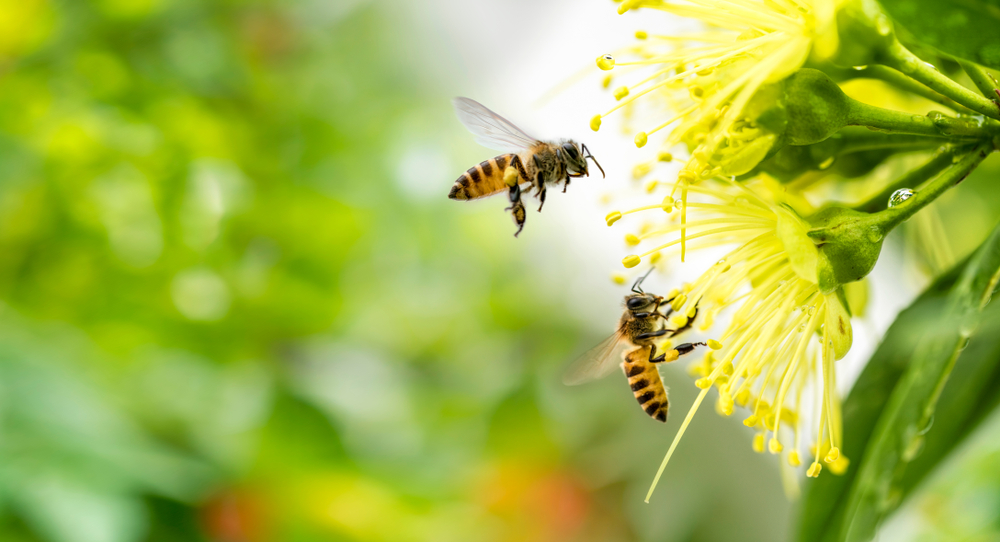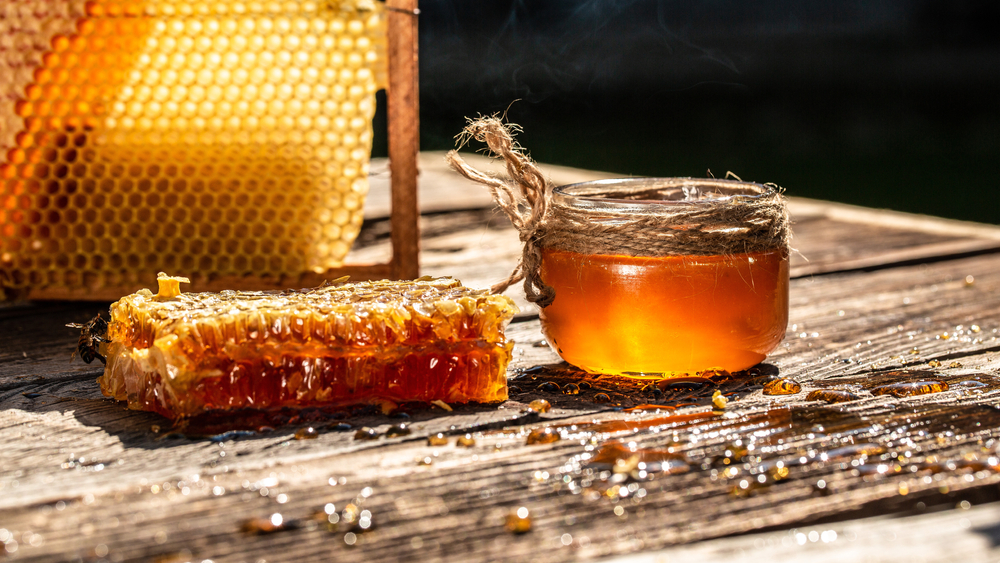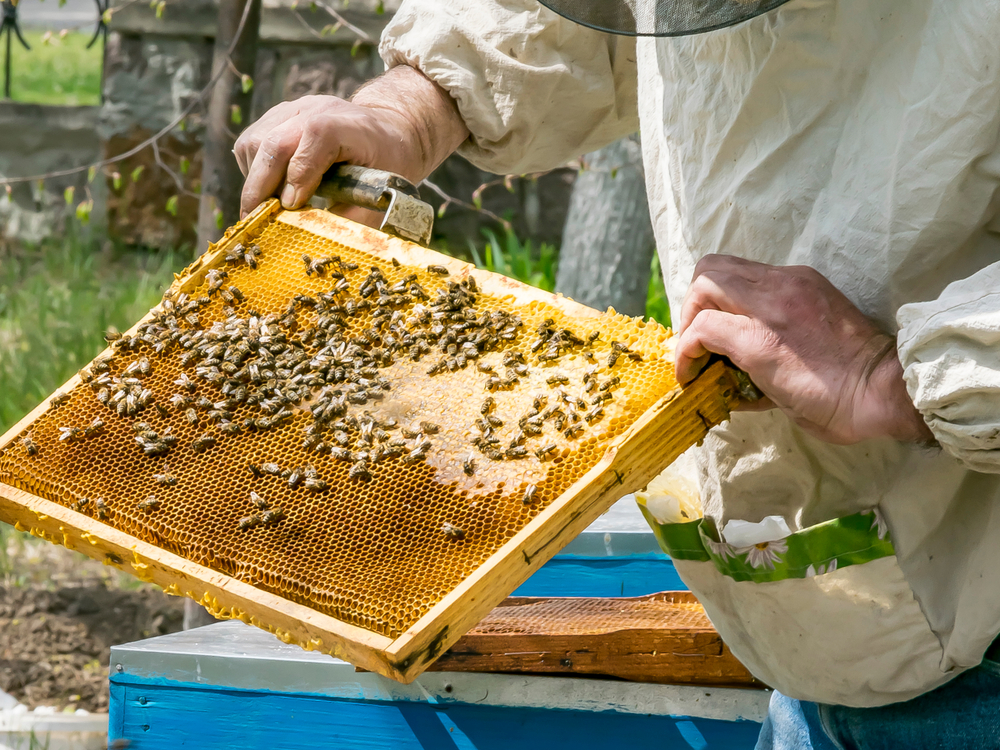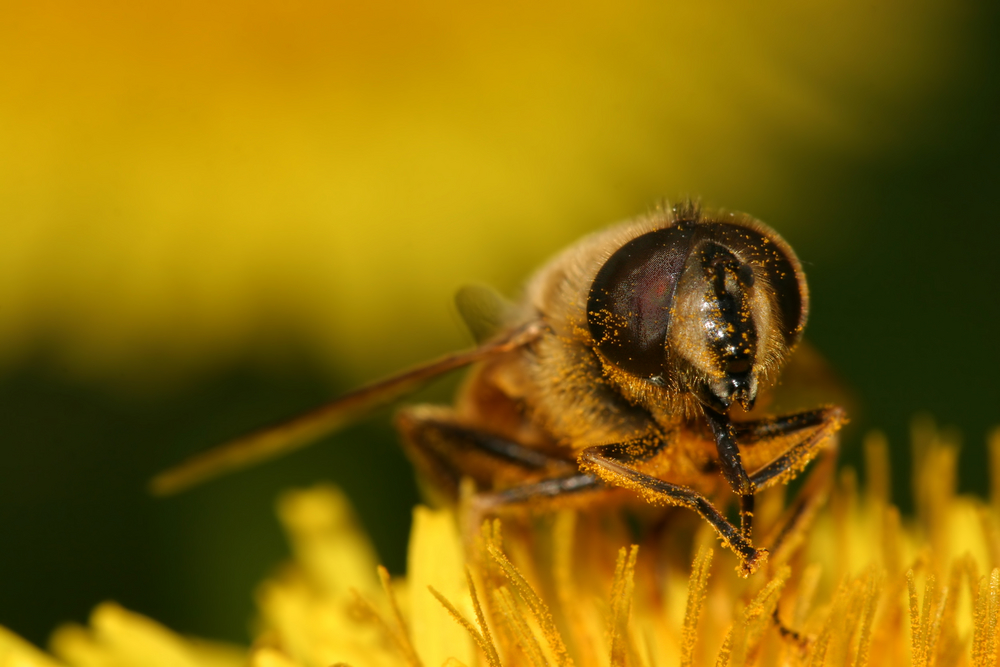Study Shows Honeybee Venom Can Destroy Aggressive Breast Cancer Cells
Last updated on
Imagine if the sting of a bee—something so small, so ordinary—held the secret to fighting one of the deadliest forms of breast cancer. For centuries, honeybee venom has been part of traditional remedies, valued for its anti-inflammatory and pain-relieving properties. But now, modern science is uncovering something far more extraordinary: that this tiny drop of venom may hold lethal power against cancer cells that resist even the most advanced treatments. Triple-negative and HER2-enriched breast cancers are notorious for their aggression and limited therapeutic options. They’re fast-growing, often unresponsive to targeted therapies, and disproportionately impact younger women and underserved populations. But in a recent breakthrough, researchers found that melittin—the primary compound in honeybee venom—can destroy these stubborn cancer cells in minutes, while leaving healthy cells virtually untouched. What makes this even more remarkable isn’t just what melittin does, but how it does it—and the new frontiers it could open in cancer treatment. From shutting down vital growth signals to enhancing the effects of chemotherapy, this humble peptide may be rewriting the rules of oncology, one sting at a time.A Natural Sting with Powerful Potential
Nature has long been a pharmacy in disguise—delivering everything from willow bark (aspirin) to mold (penicillin). Honeybee venom now joins that storied list with a surprising twist: the same substance that causes pain and swelling from a sting may be a weapon against some of the most treatment-resistant breast cancers. The hero of this discovery is melittin, a small peptide that makes up nearly half of honeybee venom by dry weight. For decades, melittin was known primarily for its role in inflammation and pain. But researchers at the Harry Perkins Institute of Medical Research in Australia uncovered something much more compelling: melittin doesn’t just irritate—it kills cancer cells. And not just any cancer cells, but two of the most aggressive and difficult-to-treat subtypes—triple-negative breast cancer (TNBC) and HER2-enriched breast cancer.The Challenge of Treating Aggressive Breast Cancers


How Honeybee Venom and Melittin Work

Targeted Peptide Design and Combination Therapy

Hope, Hype, and the Road Ahead

Rethinking Cancer Therapies Through Nature
In an era dominated by high-tech interventions and precision medicine, it’s easy to overlook the therapeutic potential of the natural world. But honeybee venom—and specifically melittin—reminds us that some of the most powerful tools in our fight against cancer may be hiding in plain sight, within the biology of organisms that have coexisted with us for millennia. What sets melittin apart isn’t just its cytotoxicity, but its elegance and versatility. It attacks cancer on multiple fronts: disrupting membranes, silencing growth signals, enhancing the effect of chemotherapy, and even reducing immune evasion. That a single molecule can do all of this—with minimal harm to healthy cells—is remarkable. And yet, nature designed it not for healing, but for defense. This paradox is worth reflecting on. As scientists re-engineer melittin for human therapy—improving its precision, pairing it with other drugs, or encasing it in nanoparticles—we’re seeing how natural compounds can be transformed into 21st-century medicine. Not as a replacement for established cancer treatments, but as a powerful complement, especially for cancers that resist conventional approaches. The discovery also invites a broader shift in thinking. Instead of viewing nature as a backdrop to innovation, we might begin to see it as a collaborator. The bee’s sting is no longer just a warning; it’s a blueprint. Of course, this is just the beginning. The path from lab bench to clinical bedside is long, and melittin’s journey is far from complete. But even now, it offers hope—not just for a new cancer drug, but for a new philosophy of drug discovery, one rooted in humility, curiosity, and a renewed respect for the natural world. As research advances, one thing is clear: some of our most complex problems may yet be solved by the simplest of creatures. And in the case of breast cancer, a tiny peptide from a honeybee could one day help turn the tide.Some of the links I post on this site are affiliate links. If you go through them to make a purchase, I will earn a small commission (at no additional cost to you). However, note that I’m recommending these products because of their quality and that I have good experience using them, not because of the commission to be made.

































 JOIN OVER
JOIN OVER
Comments